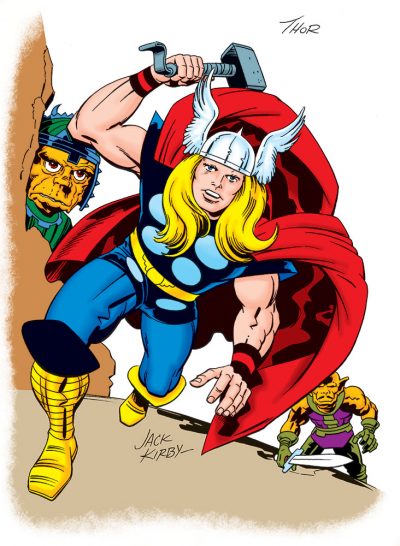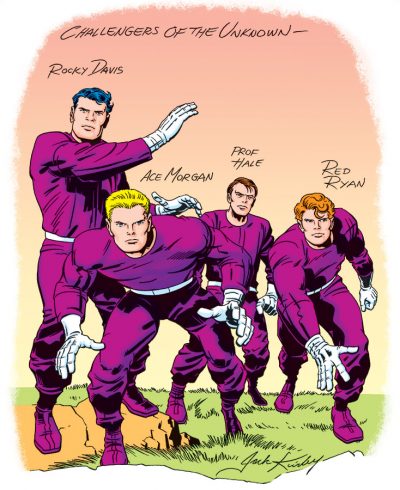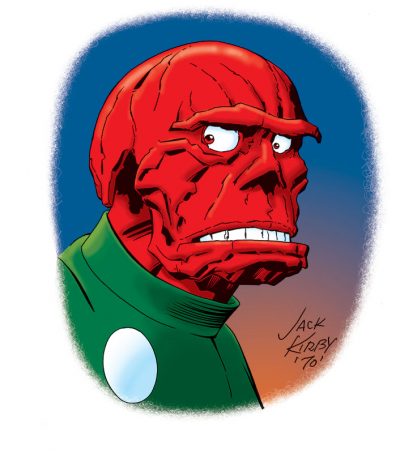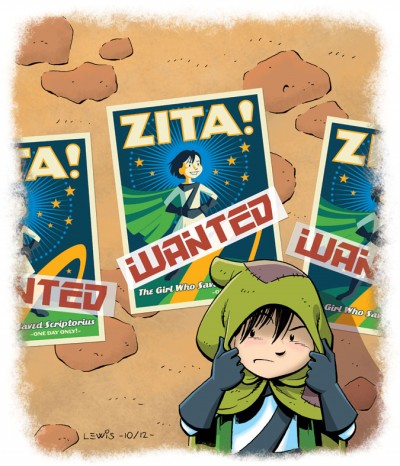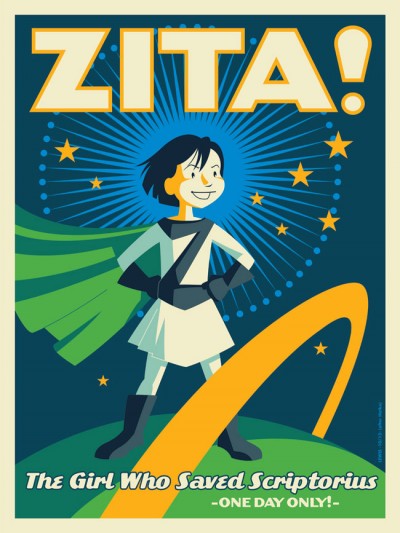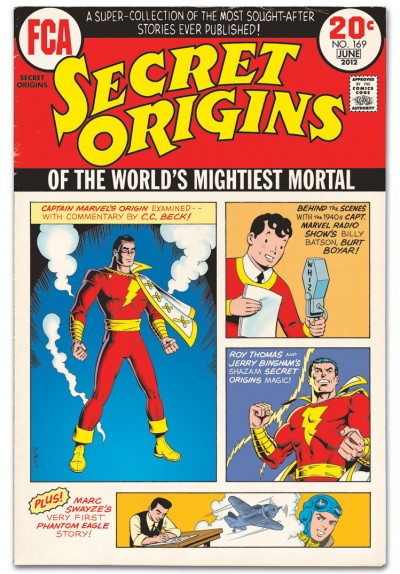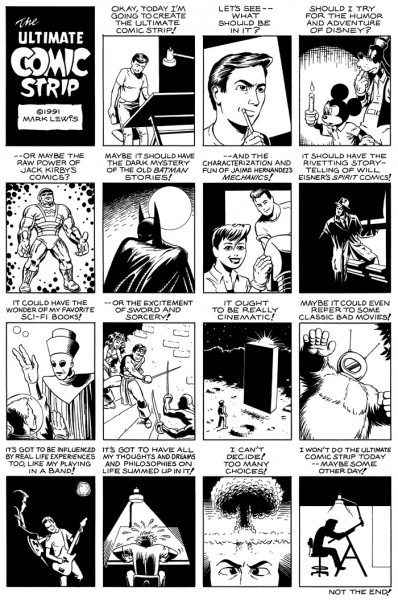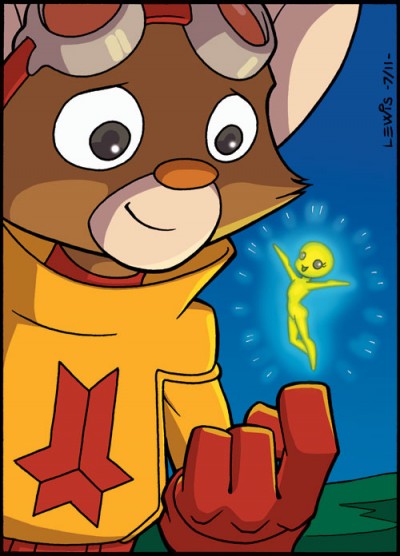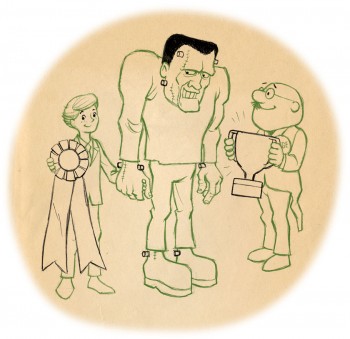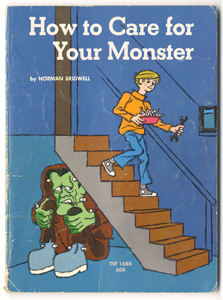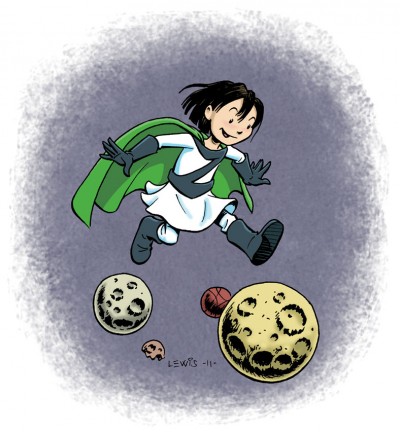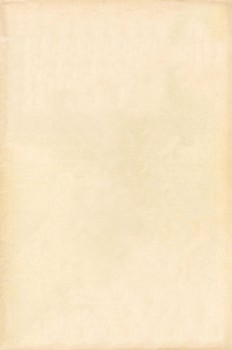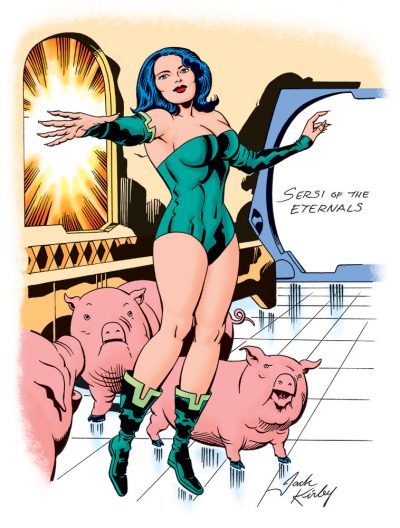 This is the fourth and final installment in my celebration of Jack Kirby’s 100th birthday this month. Which happens to be today!
This is the fourth and final installment in my celebration of Jack Kirby’s 100th birthday this month. Which happens to be today!
Like most of the others I’ve posted, today’s drawing came my way years back as a photocopy of Kirby’s pencils, from a sketchbook originally done for his wife Roz. It was later reproduced and published in book form as Jack Kirby’s Heroes and Villains. Like the others I’ve posted, this was a drawing that looked to me like it might be fun to take a crack at inking it. So I did. And recently colored it up for posting here.
This character (Sersi) comes from a comic called The Eternals, which was one of a handful of titles Kirby produced during his last stint at Marvel in the mid- to late-’70s. The seeds of this comic seem to have come from a very popular book around this time by Erich von Däniken, entitled Chariots of the Gods?. The book conjectured that alien astronauts had visited our world in the distant past, and were mistakenly thought by us to be gods. It’s easy to see how an idea like this could be fuel for Kirby’s vivid imagination. Add to it Kirby’s fascination with myths and legends, and he cooked up a very entertaining scenario from these ingredients.
Certain stories from Eternals still stand out in my mind. The saga of Karkas and the Reject, for example, which subverted the usual assumptions readers made about new characters based on first impressions. Or “The Russians are Coming!” in #11, or “The Astronauts!” in #13. Even in this later stage of his career, Kirby still had the goods.
If you caught onto the fact that each of my “Kirby 100” posts has been in chronological order of when the character first appeared, give yourself a gold star!
I mentioned earlier on that Kirby’s work is very important to me. He was one of the earliest comic book artists whose name and style impacted on me, and I was compelled to seek out his work. He may not necessarily have invented all the “visual grammar” of drawing superhero comics, but he certainly perfected it! If an artist wanted to do superhero comics that had impact, it would have been a mistake not to learn from Kirby’s work.
Superhero comics were not the only kind of material he did, though. Kirby worked in almost every genre of American comics, and brought the same inventiveness and dynamic energy to whatever he did. He managed to create vital work in every decade, spanning from the Golden Age of comics all the way up into the ’80s.
If for some reason you’re not familiar with Kirby, do yourself a favor, and start delving into the work of this truly unique and important creator! You are in for a treat!
Happy 100th, Mr. Kirby! And a very heartfelt “thank you” for creating so many great characters and stories that still live and inspire today. You were truly one of a kind!

